Thanks to Greg Sanders, owner of Cromweld.com, a website devoted to all things welding, for this guest post. Greg is semi-retired from welding but likes to keep learning, as well as share his knowledge through his website. You can also find him on Facebook.
When you need to create a permanent joint between two pieces of metal, nothing beats welding. This ancient practice allows for building structures that are stronger and more durable than ever imagined. It can even join other materials like PVC. Here, we’ll take a look at the most common welding techniques used.
Some, but not all, types of welding use a filler material that’s melted to fuse the sections you want to join. An arc is used to melt this filler and sometimes to melt the pieces so that a firm joint is made. But the same process isn’t adequate for every need.

MIG Welding
MIG welding is more properly called gas metal arc welding. It uses a wire fed through the machine itself as the filler material. MIG stands for “metal inert gas” since inert gases are used to shield the arc. CO2 is used, but usually it’s blended with argon or another gas. This helps keep the arc stronger and more focused.
In this type of welding, it’s the filler material that fuses with the base metals. The sections that you join don’t have to be the same, which means you have greater versatility with what you join.
MIG is great for a newcomer to welding. It’s relatively easy to learn and is a one-handed operation. The range of materials you can work with is limited, however. MIG welding isn’t powerful enough for cast iron, but it’s too powerful for aluminum.
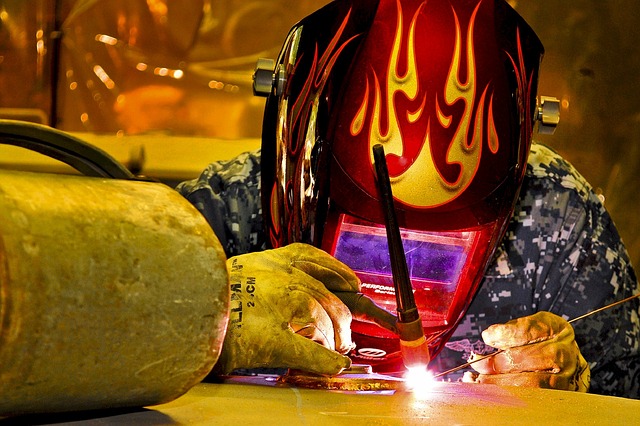
TIG Welding
TIG refers to tungsten inert gas, also called gas tungsten arc welding. This process is a bit newer than MIG. It was developed around World War II mainly for dealing with the lighter metals used in aircraft construction. TIG is always used to join two pieces of the same type of metal since the pieces themselves are actually fused.
Because it requires two hands, TIG is a bit more difficult to master than MIG. But it’s a useful technique to take up if you want to deal with thinner, more delicate metals. TIG uses a long-lasting tungsten electrode. In this case, a filler rod is held in the offhand while the welding nozzle melts it into the joint. TIG depends on argon, which is sometimes mixed with helium to create a hotter arc.
Since the filler rods are thinner than other stick rods, the weld is thinner. This helps make TIG the cleanest type of welding. It’s great for auto body work and even for metal sculpture.
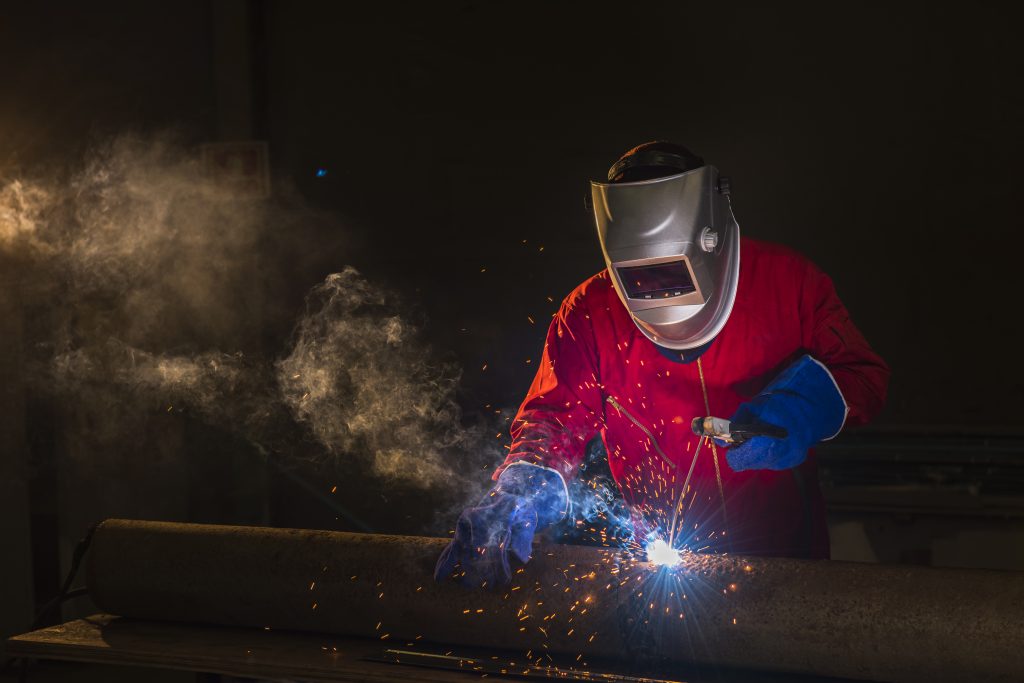
Stick Welding
Also known as shielded metal arc welding (SMAW), this is an older and simpler type of welding compared to those mentioned above.
This technique uses a single consumable electrode. Like other welding types, the electrode melts to create the fusion between the pieces being joined. The flux coating of the electrode along with the gas feeding around the arc serves to shield it.
Stick welding is great for heavier metals, like cast iron and steel. Since it’s an older form of welding, it’s natural to expect that it works with tougher materials like cast iron and steel. Later welding methods are more “refined.” Stick is great for construction work and similar industries that require heavy-duty materials to be joined. It can even be done in less-than-optimal conditions or on pieces that are not clean. It has a steep learning curve and even experts find it messy, but it gets the job done.
Flux-core Arc Welding
Like MIG, flux-core welding uses a wire fed through the welder’s nozzle. But, unlike other types of welding, the flux provides all the shield you need for the arc. There’s no external gas source needed unless you need to use a type known as dual-shielded arc welding.
Flux core welding is great for heavier materials. Since it produces increased heat than other welding types, you want to be sure you only use it with tougher and thicker metals.
You do have the consumable flux core wire, but with no gas and a highly efficient process, you end up spending less on extra supplies. You’ll also find that many MIG machines are also suitable for use for flux-core welding.
While it’s efficient and doesn’t waste much, it’s not pretty to look at. If this weld is on an exposed surface where appearances matter, you’ll have to polish it a bit.
What’s The Best Type Of Welding?
The type of welding that works best is always going to depend on the project at hand. The materials you’re trying to join are the most important consideration. But, it’s good to realize that no welding type is overly complicated, even though some are a little tougher to pick up than others. But, if you’re interested in starting out, MIG is a good place to begin, based both on cost and skill level.
One last reminder – be sure to use appropriate protective gear when welding. High heat, shrapnel, fumes and blinding light can all put you and the surrounding area in danger.
Play it safe!


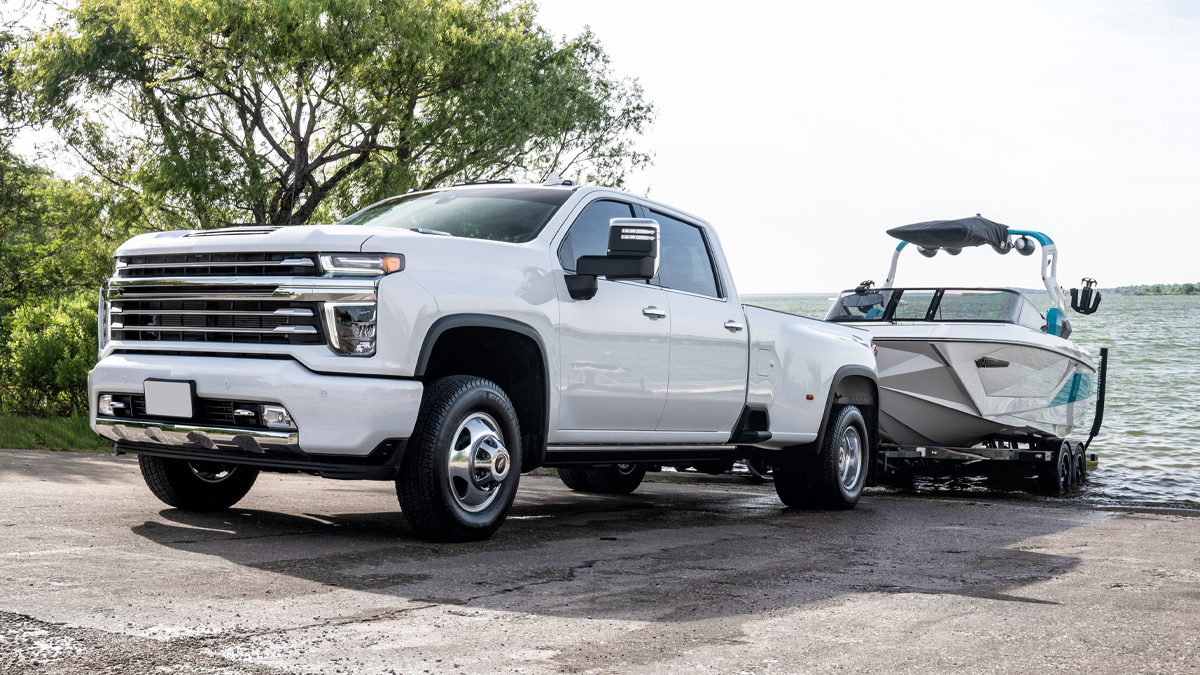
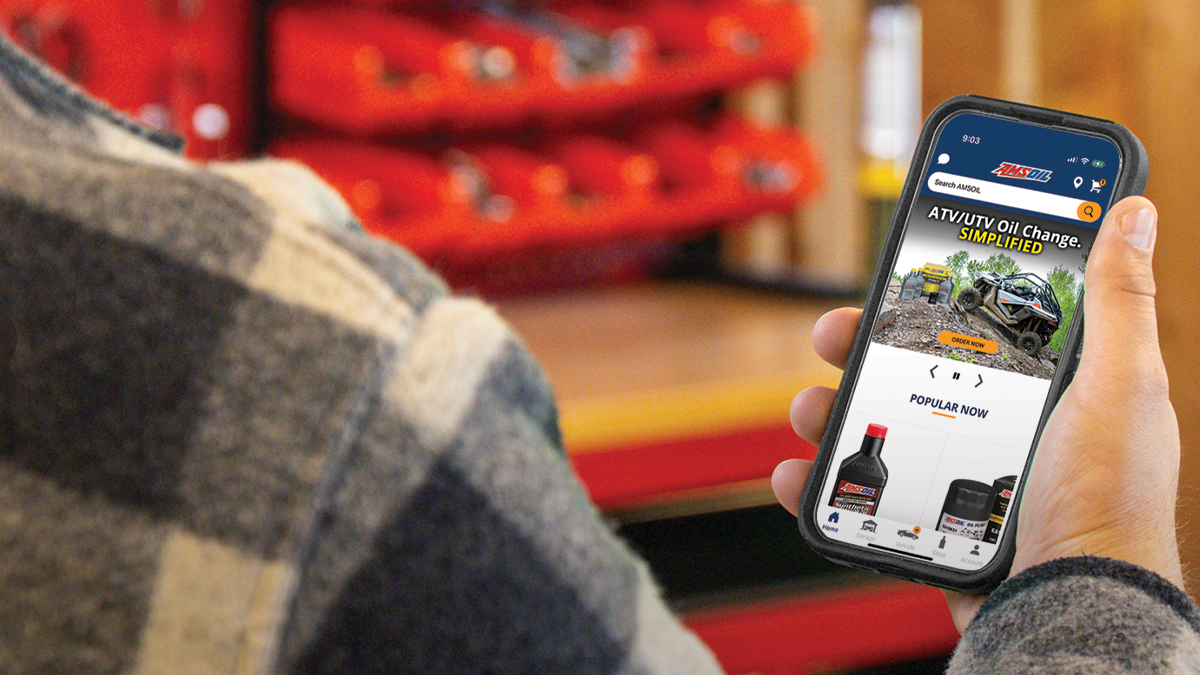
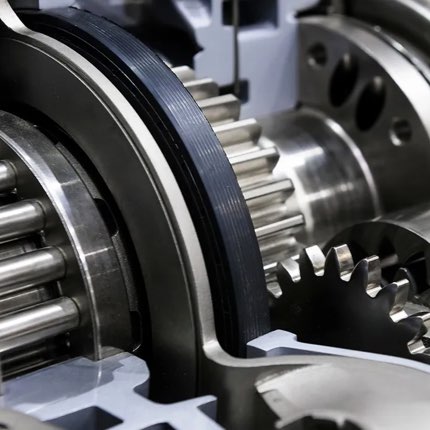
Comments
Share: